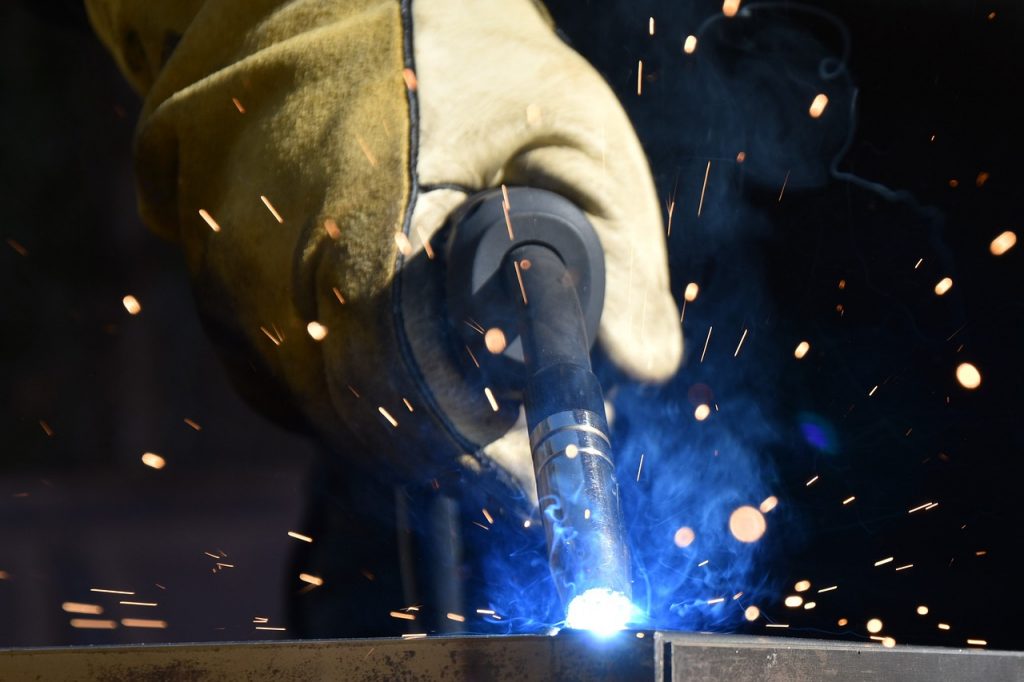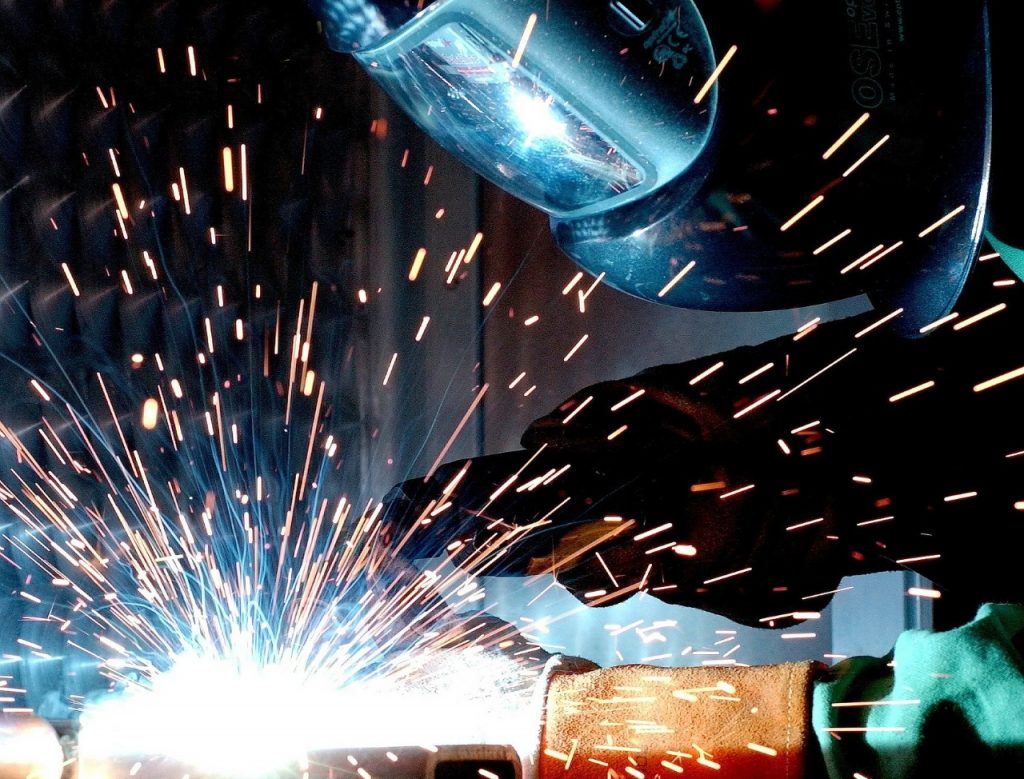Dissimilar metal welding is the welding process of different base materials. Due to the different properties of the base materials, it will affect the changes in the welding material, the effect of post-welding heat treatment, and the environment of equipment, etc. If the difference in the properties of the base material is greater, the weldability will be worse. So, the appropriate welding material must be carefully selected.
Basically, the welding material must be able to meet the nature of the one-sided base metal. Or it is also good to use a solder with intermediate properties between the base metals. Compared with the welding of the same material, the welding of dissimilar materials is much more complicated in terms of welding mechanism and operation technology.
3 factors affecting welding of dissimilar materials you should know
Differences in thermophysical properties
The difference in the thermophysical properties of the two materials mainly refers to the difference in the melting temperature, coefficient of linear expansion, and thermal conductivity, etc. They will affect the welding thermal cycle process, crystallization conditions, and determine the quality of the welding joint.
If the difference in the thermophysical properties of dissimilar materials is larger, it makes the melting and crystalline state inconsistent and will cause certain difficulties in welding. It easily causes cracks in the weld and heat-affected zone. Besides, the welding arc might be unstable, the weld seam is not well-formed, or even the weld seam cannot be formed.
Differences in chemical properties
The difference in chemical properties mainly refers to the difference in the type of crystal lattice, lattice parameters, atomic radius, atomic outer electronic structure, etc.
Whether the two materials to be welded are metallurgically compatible depends on their mutual solubility in liquid and solid state, and whether these two materials produce intermetallic compounds (brittle intermetallic phases) during the welding process. Once the intermetallic compounds form, it will greatly reduce the weld performance.
The surface condition of the material
The surface condition of the material directly affects the weldability of dissimilar materials, such as surface oxide layer, crystalline surface layer, adsorbed oxygen ions and moisture, oil stains, impurities, etc. During production, the existence of surface oxide film and other adsorbents often brings great difficulties to welding.

Conclusion
When welding dissimilar materials, a transition layer with different compositions, structures and properties from the base materials will inevitably be produced. The properties of the transition layer have a great influence on the overall performance of the welded joint. Therefore, it is necessary to take corresponding process measures to control the transition layer to ensure the performance of the welding joint. The following process measures can be taken:
- Try to shorten the time that the welded material stays in the liquid state to prevent or reduce the generation of intermetallic compounds. Such as adjusting the heat source to transmit more heat to the workpiece with a high melting point.
- Strengthen the protection of the base materials during welding to prevent or reduce the intrusion of surrounding air.
- Use an intermediate solder that can be well combined with the two base materials or add some alloying elements to the weld to prevent the generation of brittle compound phases and improve the strength of the welding joint.
You can find the photo display of the CNC machining parts made by us HERE!

